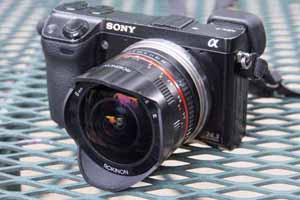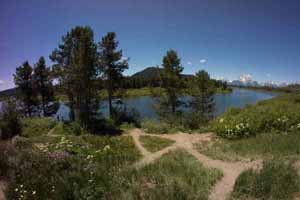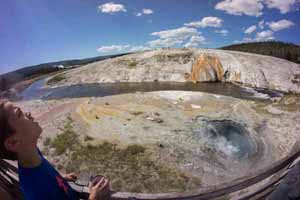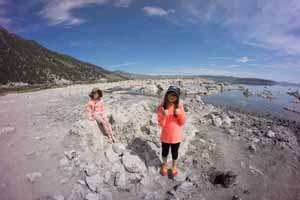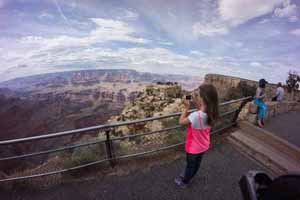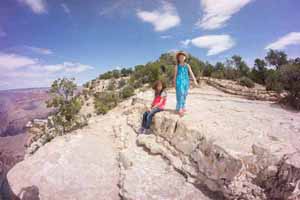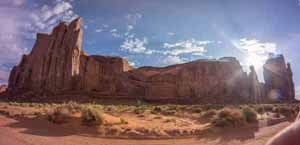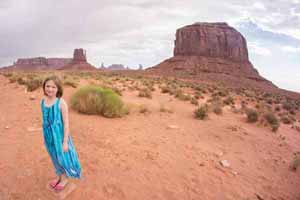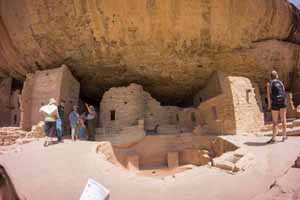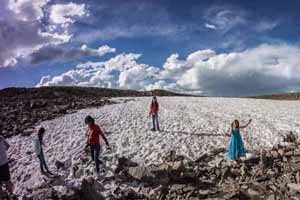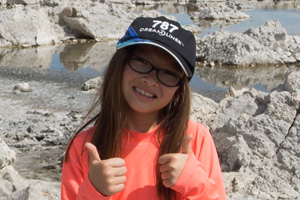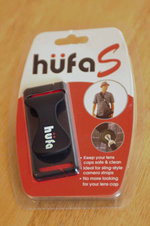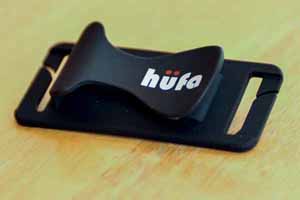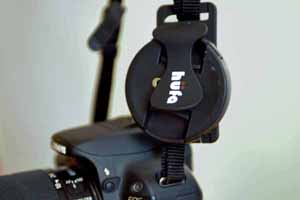Online Magazine
Recent Posts
- Safeguard your Cellphone Photos
- Black & White to Color – Instantly
- Wearing Many Hats
- Video Roundup
- Rescuing Your Blurry Pictures
- Showing Their Age
- What is Your Angle?
- Panorama Photos
- Humorous Photos
- Close Ups
- Fisheye Pictures
- Photo Antiquities
- Printing Big
- Appreciating Scale
- Celebrity Sightings
Tags
More Places to Go
- Free "How-To" Books “How To” books for popular cameras 0
- Vist Us on Facebook keep in touch with us on Facebook 2
Archives
- July 2023 (1)
- March 2023 (2)
- February 2023 (1)
- December 2022 (1)
- October 2022 (1)
- September 2022 (8)
- August 2022 (9)
- July 2022 (1)
- June 2022 (1)
- June 2021 (1)
- May 2021 (1)
- March 2021 (5)
- February 2021 (4)
- January 2021 (2)
- April 2019 (1)
- March 2019 (1)
- February 2019 (1)
- October 2018 (2)
- April 2018 (1)
- March 2018 (4)
- February 2018 (1)
- November 2017 (1)
- August 2017 (1)
- June 2017 (1)
- April 2017 (1)
- March 2017 (5)
- February 2017 (2)
- January 2017 (1)
- October 2016 (1)
- September 2016 (1)
- August 2016 (1)
- July 2016 (1)
- May 2016 (1)
- April 2016 (1)
- March 2016 (2)
- February 2016 (1)
- January 2016 (2)
- December 2015 (1)
- November 2015 (1)
- October 2015 (3)
- April 2015 (1)
- March 2015 (5)
- February 2015 (1)
- January 2015 (4)
- December 2014 (2)
- November 2014 (5)
- October 2014 (2)
- September 2014 (1)
- August 2014 (2)
- July 2014 (1)
- May 2014 (1)
- April 2014 (5)
- March 2014 (5)
- December 2013 (2)
- November 2013 (18)
- October 2013 (1)
- September 2013 (1)
- August 2013 (1)
- July 2013 (1)
- June 2013 (3)
- May 2013 (1)
- April 2013 (2)
- March 2013 (1)
- February 2013 (1)
- January 2013 (1)
- December 2012 (1)
- November 2012 (2)
- October 2012 (2)
- September 2012 (5)
- August 2012 (2)
- July 2012 (1)
- June 2012 (1)
- May 2012 (1)
- April 2012 (4)
- March 2012 (1)
- February 2012 (1)
- January 2012 (3)
- December 2011 (1)
- November 2011 (3)
- October 2011 (1)
- September 2011 (2)
- August 2011 (2)
- June 2011 (3)
- May 2011 (4)
- April 2011 (8)
- March 2011 (8)
- February 2011 (10)
- January 2011 (6)
- December 2010 (11)
- November 2010 (14)
- October 2010 (6)
- September 2010 (12)
- August 2010 (2)
- July 2010 (4)
- June 2010 (3)
- May 2010 (1)
- April 2010 (1)
- March 2010 (2)
- February 2010 (1)
- January 2010 (1)
- December 2009 (1)
- November 2009 (2)
- October 2009 (2)
- September 2009 (1)
- August 2009 (3)
- July 2009 (2)
- June 2009 (1)
- May 2009 (2)
- April 2009 (1)
- March 2009 (2)
- February 2009 (1)
- January 2009 (3)
What a View
27th August 2014
Wide Angle to the Extreme
It’s eye-catching when I see a photo that “bends” the horizon.
This bend comes from the camera’s lens. Use a very wide angle lens and you’ll see the curved “barrel” distortion on the images. One well-known type of wide angle lenses is the fisheye. These lenses typically have a field of view approaching 180 degrees – allowing you to capture the entire scene in front of the camera.
Until recently, fisheye lenses were expensive. I have one that cost well over $1500. But when I was looking for an ultra-wide angle for my Sony equipment, I found an inexpensive lens made by Rokinon. With its $300 price tag, I was a little skeptical of the quality of images from such a low cost lens but decided to try it regardless.
Here’s a short gallery of some of the scenes that I captured during my first outing with the lens a few weeks ago.
After my short time with this lens, I am no longer skeptical of it’s quality. The images are tack sharp with very good color reproduction. If you’re on the lookout for an ultra-wide, include this lens in your search.
The Rokinon 8mm f/2.8 fisheye is also available for other camera models as well: Fuji, Samsung and Canon M mount. Other similar versions with a maximum f/3.5 aperture are available for Canon, Nikon, Sony A mount, Pentax and Olympus 4/3.
Written by: Arnie Lee
PhotoPlus Expo – Hufa Holder
14th November 2013
Stop Lens Cap Loss
Honestly, I’m not a big fan of lens caps. In the field, I don’t want to remove the cap, put it in a pocket for safe keeping and then be get prepared to shoot. Nor do I want to dig it out of my pocket and put it back onto the lens.
Instead I’ve made it a habit of buying a good quality UV filter for each of my lenses. The filter is to protects the lens front surface from dirt, grime and scratches. I feel a lot more comfortable cleaning the surface of the filter repeatedly rather than the surface of the lens itself. To be fair, this is my preferred way of shooting and I know that not everyone subscribes to this way of working.
There are actually two models: the Hufa and the Hufa S. The Hufa attaches to wide camera straps that are often found on camera bags. The “S” model shown here is for the narrower camera straps. Each model is available in three different colors: black, red and white. They are affordably priced at $10 each.
If you’re interested in buying one, please visit Hufa Holder.
Written by: Arnie Lee
Traveling Light
05th February 2011
A Vote for the Backpack Camera Case
Here in Michigan, it’s been bitterly cold with plenty of snow. A blizzard earlier this week closed virtually all of the schools and municipal services and curtailed most of the business at retail stores as well. So it shouldn’t be surprising that I’m looking forward to a few days away from the blustery northern winter to shoot birds in the warmth and sun of the Everglades.
Since most of my expeditions last only four or five days at a time, when flying I travel light. By carefully selecting the appropriate equipment for a given assignment, it all fits snugly into my backpack camera case. This along with my trusty rollerboard suitcase means that I rarely have to check my luggage for an airline flight, saving me the trouble of waiting at the baggage claim.
To photograph the birds, I decided on the Canon 7D. Its excellent autofocus system works well with the long 100-400 telephoto. While it doesn’t have the resolution of the 5D MkII, it’s smaller and lighter and also accepts the 10-22mm lens, one of my favorites. I’ll bring along the 2X TeleExtender in case I need the extra reach.
For a second camera, I’m taking the new Sony Alpha 55. I’ve already put it through six weeks of testing and will use this assignment to complete my review of a very innovative camera. I’m also toting the waterproof Olympus 6020. It may come in handy in Florida’s watery environment.
 this is the equipment that I selected for shooting birds in the Everglades |
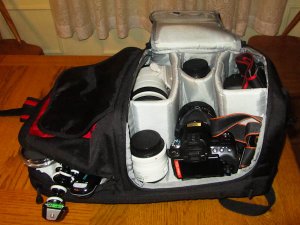 all of the equipment fits neatly into the large, padded compartment including the notebook computer |
Here’s the list of equipment that fits inside:
- Lowepro Fastpack camera backpack
- Canon 7D camera
- Canon 100-400mm lens
- Canon 2X TeleExtender
- Canon 10-22mm lens
- Sony Alpha 55 camera
- Sony 18-250mm lens
- Olympus 6020 waterproof camera
- Canon SX210 camera
- GisTEQ GPS
- GorillaPod
- notebook computer
- several battery chargers
When fully loaded, this backpack weighs about 40 pounds. It’s heavy but this backpack has wide, padded straps that cushion the weight. The upper compartment has room for a few magazines, an iPad and a some snacks – especially important on a long flight. Conveniently, the backpack fits beneath the passenger seat so that I can get to any of its contents without having to reach into the aircraft’s overhead compartment.
When I arrive at the hotel, I’ll remove the notebook computer and other non-photographic items. The backpack will then serve as a field camera case. I can comfortably take photos while wearing the backpack. If I swing one of the straps off of my arm, I can access the zippered compartment e.g. to get another lens.
I’ve been using the Lowepro for more than two years. This represents more than 100,000 miles of air travel and at no time has any of my equipment been damaged. The ballistic nylon outer surface looks almost new. I’ve also owned the Kata and Tamrac backpacks, but the Lowepro has held up the best.
I have another day of rest before I fly out of this Arctic look-alike. I hope there are some birds left in Florida for me to shoot.
Written by Arnie Lee
« Older Posts


